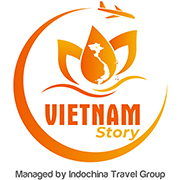Planning your first trip to Vietnam? From misty mountains in the north to sun-kissed beaches in the south, Vietnam offers a rich blend of ancient charm, modern energy, and warm hospitality that’s capturing the hearts of Indian tourists like never before.
This Vietnam Travel Guide is your one-stop companion – packed with essential tips, must-see destinations, cultural insights, and practical advice to help you make the most of your journey. Whether you’re a solo explorer, a couple on honeymoon, or a family on vacation, get ready to unlock the magic of Vietnam!
I. Introduction: Why This Vietnam Travel Guide is Your Key to an Unforgettable Journey
Namaste! Dreaming of exploring the vibrant culture, stunning landscapes, and delicious food of Vietnam? You’ve come to the right place! Vietnam is an incredible destination offering unforgettable experiences, and it’s becoming increasingly popular with Indian travelers. Let’s dive into everything you need to know to plan your perfect Vietnamese Travel.
Why Choose Vietnam for Your Next Trip?
Vietnam is a land of captivating beauty, rich history, and warm hospitality. From the bustling energy of Hanoi and Ho Chi Minh City to the breathtaking serenity of Ha Long Bay and the terraced hills of Sapa, there’s something for every kind of traveler.
- Incredible Natural Beauty: Witness jaw-dropping landscapes, from the iconic limestone karsts of Ha Long Bay rising from emerald waters to the lush, green rice paddies stretching across the countryside.
- Amazing Food (Vegetarian Options Available!): Vietnamese cuisine is a highlight! Enjoy famous dishes like Pho (noodle soup), Banh Mi (sandwiches), and fresh spring rolls. Good news for Indian travelers: Vegetarian food (“Chay”) is widely available, especially in tourist areas. Just ask!
- Fascinating History & Culture: Explore ancient temples in Hue, admire French colonial architecture in Hanoi, and learn about the country’s resilient history.
- Friendly & Welcoming People: Vietnamese people are known for their warmth and hospitality, making visitors feel comfortable and welcome.
- Excellent Value for Money: Vietnam is very affordable! You can enjoy fantastic food, comfortable accommodation, and exciting activities without stretching your budget. It offers great value compared to many international destinations.
- Easy Connectivity from India: Growing flight connections make reaching Vietnam easier than ever.
Purpose of this Vietnam Travel Guide: To provide comprehensive, practical information for planning your perfect trip, covering everything from essential tips to must-see destinations and experiences.
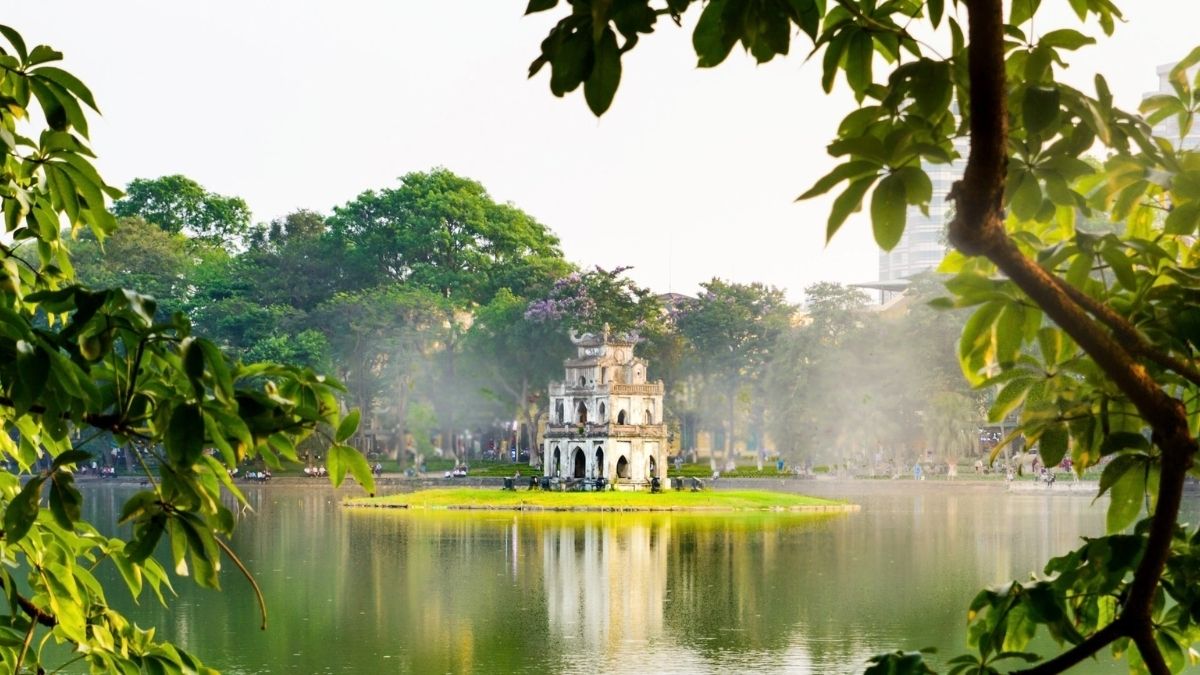
II. Essential Pre-Trip Planning: Your Vietnam Travel Checklist
A. Best Time to Visit Vietnam: A Seasonal and Regional Guide
Vietnam is long, so the weather varies significantly from North to South. Understanding Vietnam’s weather patterns is key to planning your activities. However, the dry season (November to April) is generally considered the best time for most of the country, offering sunny days and less rain, especially in the South.
- North (Hanoi, Ha Long Bay, Sapa): Pleasant Spring (Mar-Apr) & Autumn (Sep-Nov). Winters (Dec-Feb) can be cool/cold.
- Central (Hue, Hoi An, Da Nang): Dry season Feb-Aug. Rainy season Sep-Jan (typhoons possible).
- South (Ho Chi Minh City, Mekong Delta, Phu Quoc): Dry season Nov-Apr. Wet season May-Oct (usually short afternoon showers).
Of course, a visit to Vietnam wouldn’t be complete without some relaxing beach time. Take your pick from the gorgeous golden beaches in the south, such as Doc Let beach, on the Hon Khoi Peninsula, and enjoy some superb swimming and snorkeling – as well as exquisite seafood.
You can still enjoy a visit to Vietnam during the rainy season, but it’s worth bearing in mind that if you’re intending to go trekking, monsoon downpours can mean flooding in certain areas, and transport can be severely disrupted. You’ll also have to put up with a lot more mosquitoes. On the plus side, there are fewer visitors.
Tip: Traveling during shoulder seasons (like April/May or October/November) can offer a good balance of decent weather and fewer crowds.
B. Vietnam Visa Requirements for Indian Citizens:
Yes, Indian passport holders need a visa to enter Vietnam. The easiest way is usually the e-Visa.
- E-Visa: Apply online through the official Vietnamese immigration portal before your trip. It’s typically processed within a few working days. Ensure you use the official government website to avoid scams. (E-visa validity up to 90 days for all nationalities.)
- Visa on Arrival (VOA): This requires an approval letter obtained beforehand through an agency. You then get the visa stamp upon arrival at major international airports (Hanoi, Ho Chi Minh City, Da Nang). While the e-visa is generally simpler, understanding the process for a Vietnam Visa on Arrival can be a useful alternative for some travelers.
- Embassy Visa: You can also apply through the Vietnamese Embassy or Consulate in India.
Important: Always check the LATEST visa regulations on the official Vietnamese Immigration website or consult the Embassy well before your travel dates, as rules can change.
C. Getting to Vietnam from India:
- Several airlines offer flights from major Indian cities (Delhi, Mumbai, Bengaluru, Chennai, Kolkata etc.) to Hanoi (HAN) and Ho Chi Minh City (SGN).
- Direct flights are available on some routes (e.g., Vietjet Air, Indigo).
- Alternatively, convenient one-stop flights via hubs like Bangkok, Singapore, Kuala Lumpur, or Hong Kong are common.
D. Currency in Vietnam: Understanding the Vietnamese Dong (VND)
Vietnamese Dong (VND). 1 INR ≈ 300 VND (check current rates). US Dollars are sometimes accepted in tourist spots, but VND is preferred and often gives better rates. ATMs are widely available. Carry a mix of cash and cards.
E. Health & Vaccinations for Your Trip to Vietnam
- No COVID-19 vaccination records are needed.
- Consult a doctor for tropical illnesses (e.g., anti-malarial medications).
F. Safety in Vietnam: Tips for a Secure and Enjoyable Journey
- Vietnam Travel is generally safe for tourists. Be mindful of petty theft (pickpocketing, bag snatching) in crowded areas and big cities. Keep valuables secure.
- Violent crime is very rare.
- Traffic is hectic, especially in Hanoi. Be extra cautious when crossing streets, walk calmly and directly, let traffic weave around you, or follow locals.
- Wear a helmet if renting or riding on a motorbike. Accidents are common.
- Be aware of common scams like motorbike rental scams (take photos/videos beforehand).
- Always count your change carefully as bills look similar.
- Street food is generally safe, eat where locals eat.
- Emergency number is 113.
- Use reputable tour operators and taxis. Get travel insurance. Travel Insurance is highly recommended.
III. Getting Around Vietnam: Your Guide to Transportation Options
Navigating this diverse country is part of the adventure. For a comprehensive overview of how to travel between cities and within them, this detailed guide on Transportation in Vietnam will prove invaluable for planning your routes and choosing the best options for your budget and style.
A. Domestic Flights in Vietnam: Speed and Convenience
Domestic flights are quick and affordable for long distances. Airlines include Bamboo Airways, Pacific Airlines, Vietjet Air, and Vietnam Airlines.
B. Trains in Vietnam: Scenic Journeys Through the Countryside
Scenic routes, especially along the coast (e.g., Da Nang to Hue). Sleeper trains are good for overnight journeys. Different classes available (SE, TN).
C. Buses in Vietnam: The Budget-Friendly Way to Explore
Very common and cheap (sleeper buses for long distances). Can be booked easily. Tourist buses are often cheaper.
D. Motorbikes & Scooters: The Adventurous Route
Requires an international driving license. Check the condition of rentals. Zipping on a motorbike is a great way to explore islands like Phu Quoc.
E. Local Transport: Navigating Cities Like a Pro
Taxis/Ride-hailing: Grab (like Uber/Ola) is widely available and recommended in cities. Agree on taxi fares beforehand or ensure the meter is used. Motorbike taxis (xe om), cyclos.
IV. Where to Go: Unmissable Destinations in Your Vietnam Itinerary
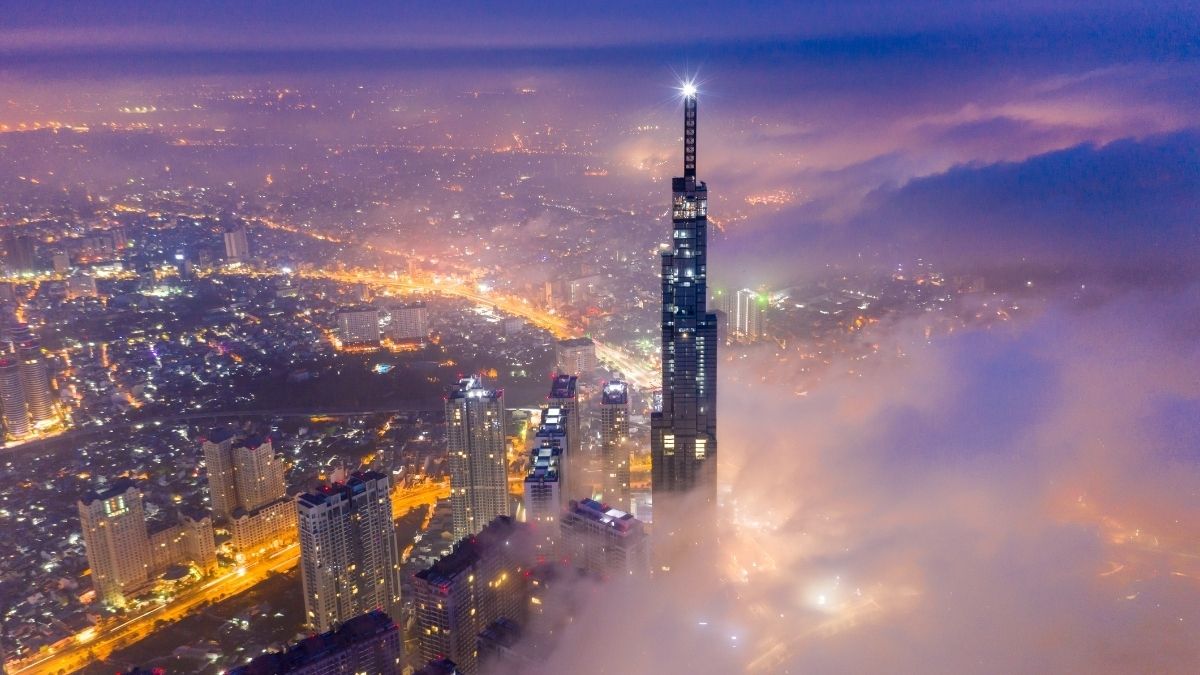
A. North Vietnam: Majestic Mountains, Historic Capitals, and Natural Wonders
1. Hanoi: The Soulful Capital of Vietnam
A visit to Vietnam wouldn’t be complete without a visit to its capital city. Hanoi, with its constant buzz of motorbikes and general hubbub is the place to experience city life at full throttle. Wander the sinuous streets of the Old Quarter, with its narrow red roofed tube-houses, temples and pagodas, and whir of street vendors. Perch on a plastic stool and watch the hectic world go by over a cup of Vietnamese coffee or glass of beer.
Check out the atmospheric French Quarter, with its impressive Opera House, and visit the many cultural and historical sites, such as the Ho Chi Minh Mausoleum and Museum of Ethnology. Everywhere you go you’ll be hit with the scent of delicious street food, such as the traditional breakfast dish of pho, a beef noodle soup.

2. Halong Bay: A UNESCO World Heritage Masterpiece
An exploration of Ha Long Bay in northern Vietnam is a must for any visit to Vietnam. Dramatic limestone rock formations which jut straight up from the water make up the two thousand or so forested islands. Visit the enchanting caves via one of the tours available and, if you can, make time for one of the three-day tours, as you get to spend a night at sea. Swimming and kayaking around the bay’s bright green waters is a glorious experience.
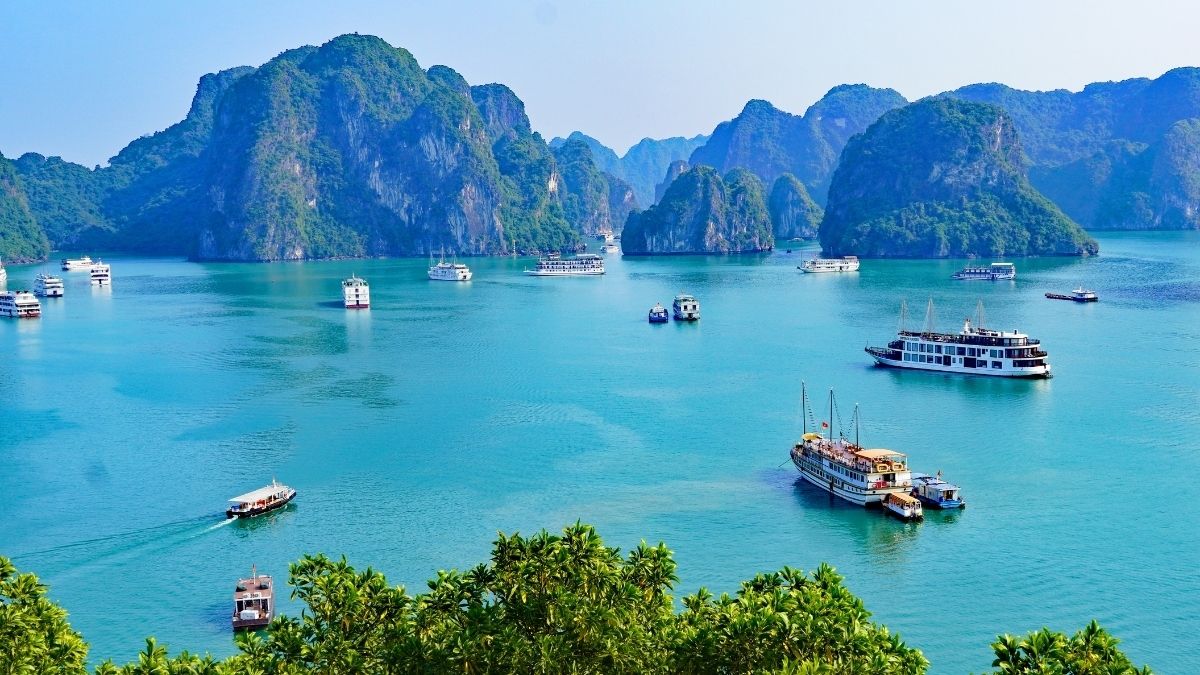
3. Sapa: Trekking Through Verdant Rice Terraces and Hill Tribe Villages
On a clear day the views around Sa Pa in the far north of Vietnam are breathtaking. Lush terraced rice fields line the steep valley and mountains loom from all sides. It’s the gateway to fantastic trekking country and the reason most visitors come here. Explore the Hoang Lien Son Mountain range, home to Fan Si Pan, Vietnam’s highest mountain, and visit the small ethnic communities still living a traditional way of life.
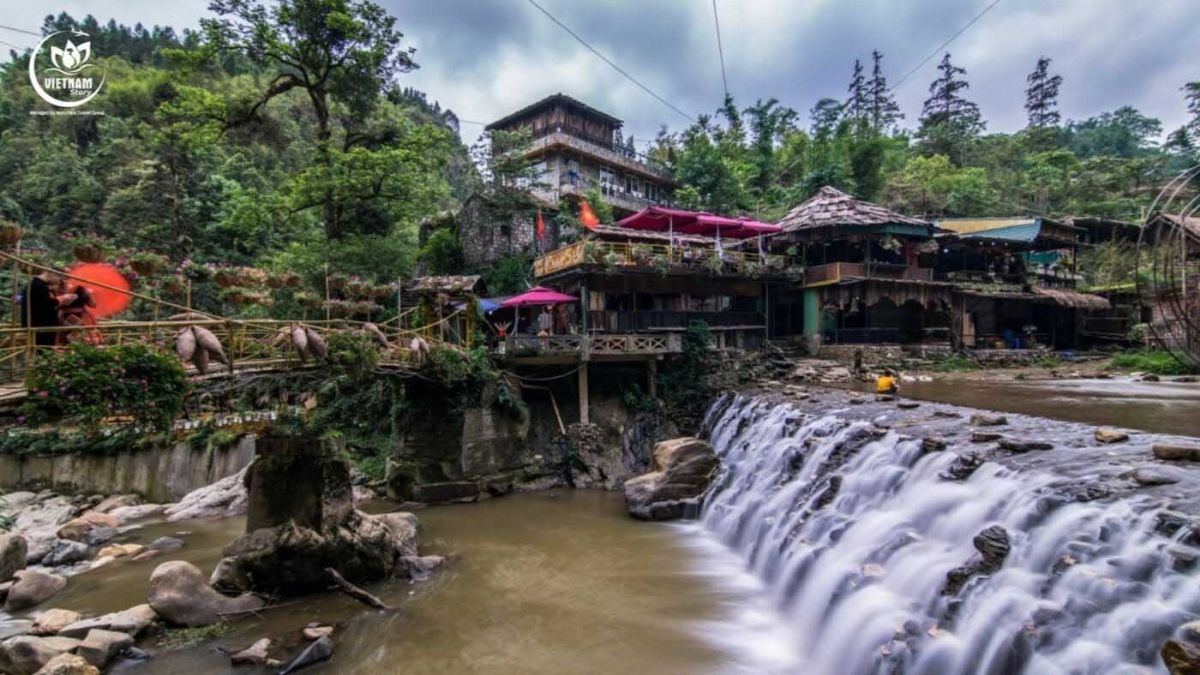
4. Cuc Phuong National Park (Ninh Binh):
South of Hanoi lies Vietnam’s first National Park, Cuc Phuong, Ninh Binh. Covering 222 square kilometers (85 square miles), this place is home to over 2,000 species of trees and some truly rare wildlife including the Clouded Leopard, Delacour’s Langur and Owston’s Civet. The entrance fee is 50,000 VND.
5. Pu Luong Nature Reserve:
Spectacular nature reserve in the northern coastal area of Vietnam is as yet comparatively unknown to outsiders. Trek amid magnificent rice terraces, and visit the white Thai or Muong minority groups, some of which offer home-stay accommodation. You can help prepare a meal and join in with family life, and then bed down in a thatched stilthouse.
B. Central Vietnam: Ancient Towns, Imperial History, and Coastal Charms
1. Hoi An: The Enchanting Lantern-Lit Ancient Town
Little Hoi An has an almost bewildering selection of mouth-wateringly good restaurants, offering up specialities, such as Cao Lau – rice-flour noodles in soup flavoured with mint and star anise, topped with slices of pork, bean sprouts and pork-rind croutons. The elegant restaurant Morning Glory is one of the best places to try it, along with other superbly prepared dishes, for a reasonable price. You can also try your hand at Vietnamese cooking by taking one of many cookery classes available in town.
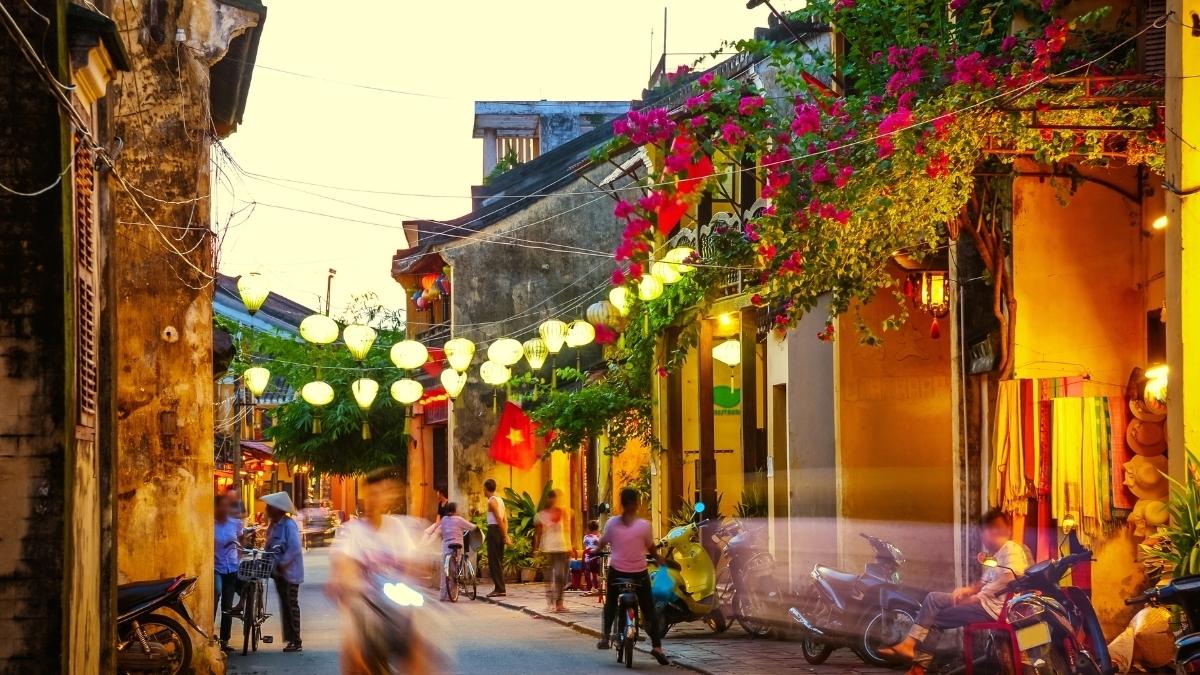
2. Hue: The Imperial City on the Perfume River
Highlights: Imperial Citadel, Tombs of Emperors, Perfume River. Gateway to DMZ tours.
3. Da Nang: The Modern Coastal Hub
Highlights: Marble Mountains, beaches, Dragon Bridge.
4. Nha Trang: Sun-Kissed Beaches and Vibrant Marine Life
Known for beaches, water activities (scuba diving, kiteboarding); seafood. Doc Let beach.
5. My Son Sanctuary:
My Son is a set of Hindu ruins in Vietnam that date back to the Cham Empire. The Champas ruled over Central Vietnam from the 3rd to the 19th century. The temples here are of incredible historical importance, but they have been largely reclaimed by the surrounding jungle, and have fallen into a great state of disrepair. The entrance fee is 150,000 VND.
6. Phong Nha-Ke Bang National Park:
Hang Son Doong is reputed to be the world’s largest cave and is located in Phong Nha-Ke Bang National Park. It was discovered by a local in 1990, and “rediscovered” by a British caving team in 2009. You can arrange trips to see this stunning cave in all its glory with stalactites and stalagmites, an inner cave forest, and even cave pearls. Entrance to the caves is around 150,000 VND per person.
C. South Vietnam: Bustling Metropolis, Rich Delta, and Idyllic Islands
1. Ho Chi Minh City (Saigon): The Dynamic Southern Hub
Highlights: Ben Thanh Market, Notre Dame Cathedral, War Remnants Museum, Reunification Palace.
2. Mekong Delta: The “Rice Bowl” of Vietnam with Floating Markets
Feature: Floating markets (Cai Rang), lush greenery; Activity: Boat tours, cycling.
3. Phu Quoc Island: Tropical Paradise with Pristine Beaches
Picture postcard Phu Quoc island in the Gulf of Thailand is no longer a well-kept secret. Word is out about its powdery white-sand beaches facing glorious sunsets, its dense jungle, and the laid-back atmosphere of the island. But even though visitor numbers are up, there is still plenty of unspoiled creamy soft sand in which to dig your toes. You can also paddle around the bays in a kayak, or dive around the reefs, weaving among colourful tropical fish and perhaps a hawksbill turtle.
Around half of the island is part of a UNESCO-listed national park and remains pretty much untouched. You’ll find hiking trails in its tropical rainforests, and a fantastic array of wildlife. Zipping on a motorbike is a great way to explore the island’s back roads and quiet fishing villages.
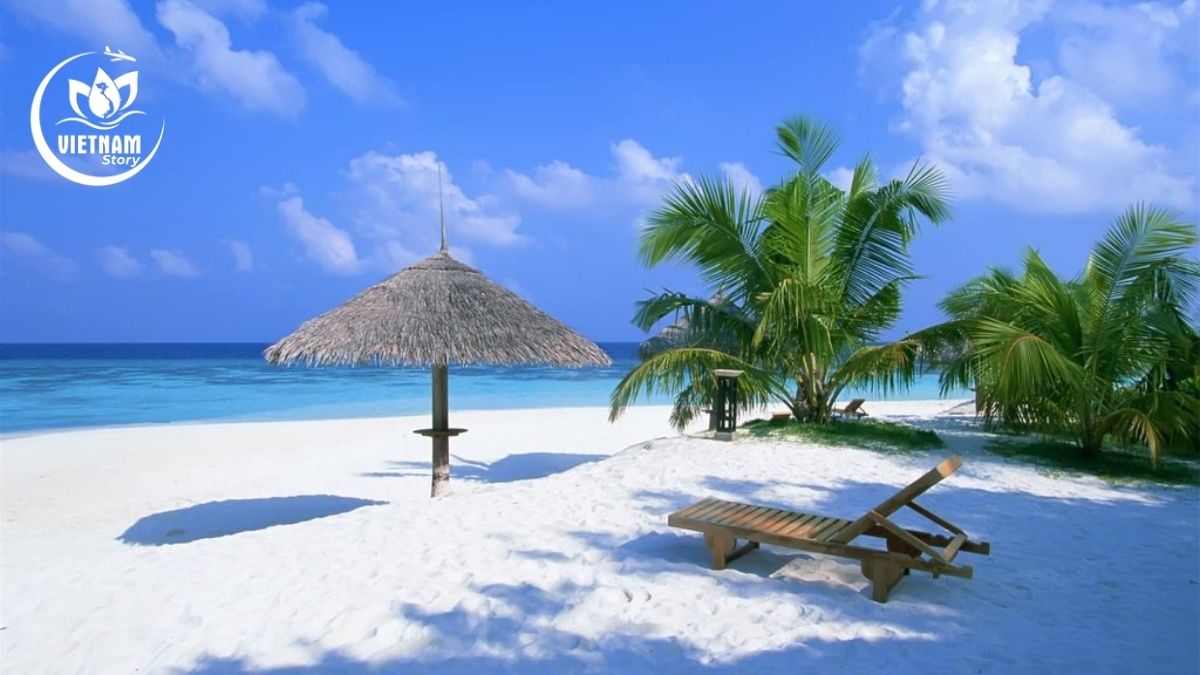
4. Dalat: The “City of Eternal Spring” in the Central Highlands
Dubbed the city of Eternal Spring for its year-round cool climate, this former hill station in the Central Highlands, with its winding streets and French colonial-era villas, is the place to head when the heat in cities below becomes stifling. Combine a visit to the splendid Bao Dai’s Summer Palace with the Crazy House, a fairytale riot of twisted cement. But it’s the area surrounding Da Lat that’s the big draw.
Fragrant pine forests and dramatic waterfalls beckon, and alongside hiking there’s the opportunity for mountain biking and rock climbing – or, for those seeking greater thrills, canyoning. You can also rent a motorbike for a bit of adventure, and it’s a great way to explore more of the area. For a more sedate experience, enjoy the beautiful view via the cable car to the Truc Lam Pagoda.

5. Mui Ne: Coastal town known for sand dunes and water sports
Despite being a fishing village, Mui Ne has a significant tourism scene due to its popularity as a wind- and kite-surfing destination. The best highlight for me aside from the beach was riding on the rolling sand dunes similar in size to the Saharan ones and also the Jeep Tour to the Fairy Stream through a canyon. Also, don’t miss the 9th-century Po Shanu Cham Towers with beautiful views of the Phan Thiet coastal town.
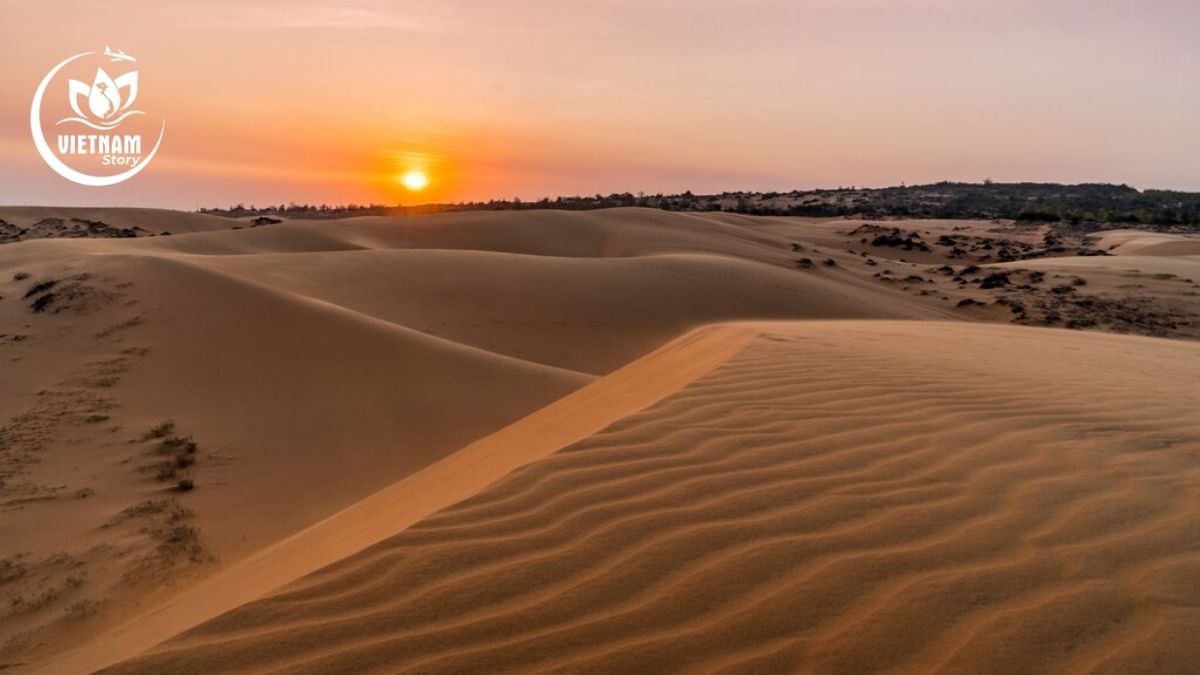
6. Cu Chi Tunnels:
This extensive network of tunnels spans nearly 310 miles (500 kilometers). It was utilized by the Viet Cong during the Vietnam War. Tours involve a description of the tunnels, after which tourists are allowed to crawl about the maze and fire AK47s at shooting targets. It’s a sobering experience and not one meant for anyone claustrophobic. Admission is around 100,000 VND per person.
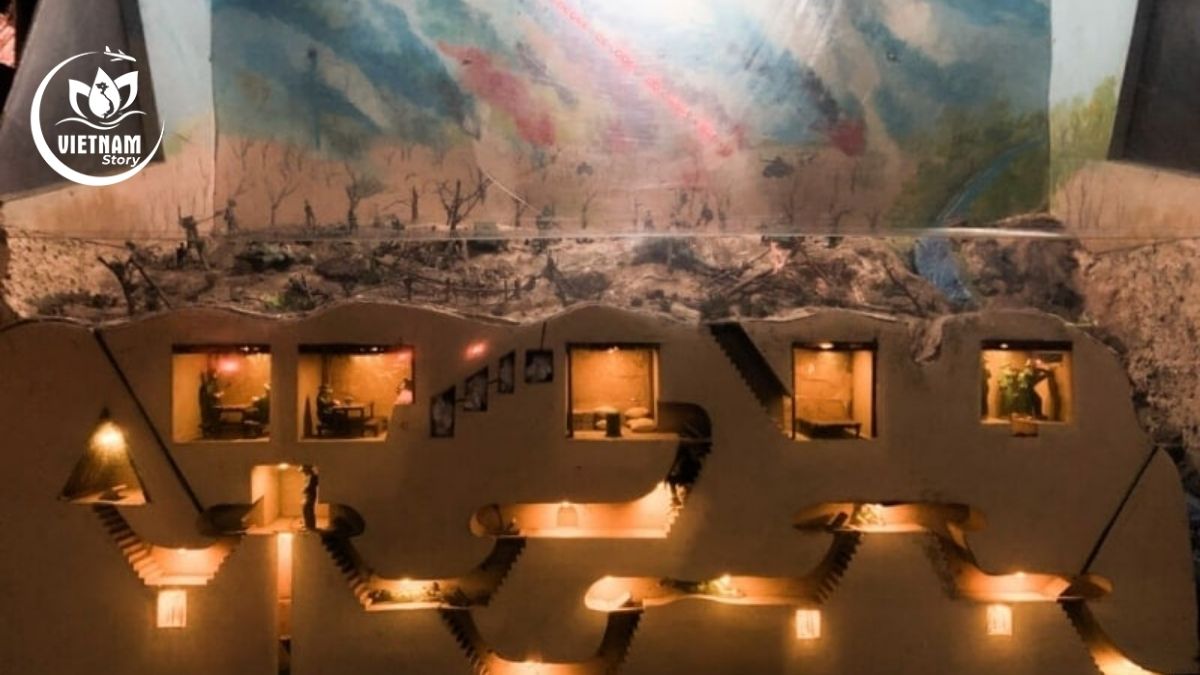
V. Top Things to Do & Experience in Vietnam: Crafting Your Adventure
- Cruise Ha Long Bay: An iconic experience. Choose a 1 or 2-night cruise.
- Wander Hoi An’s Ancient Town: Especially magical at night with lanterns lit.
- Explore Hanoi’s Old Quarter: Get lost in the narrow streets, each specializing in different goods.
- Taste Street Food: Be adventurous! Try Pho, Banh Mi, Bun Cha, and fresh spring rolls. Look for “Quan Chay” for vegetarian stalls.
- Trek in Sapa: Hike through breathtaking rice terraces and meet local hill tribes.
- Take a Mekong Delta Boat Trip: Witness life on the water and visit floating markets.
- Visit Historical Sites: Learn about Vietnam’s past at the Cu Chi Tunnels (near HCMC) or the Imperial City in Hue.
- Relax on a Beach: Phu Quoc, Nha Trang, or Da Nang offer great options.
- Experience a Homestay: Connect with local families and culture (e.g., Sapa, Mekong Delta, Pu Luong).
- Check out the rice terraces (Muong Hoa Valley, Sapa).
- Tour the former DMZ from Hue.
VI. A Taste of Vietnam: A Culinary Journey Through Must-Try Food and Drinks
Must-try dishes: Pho (Noodle Soup), Banh Mi (Vietnamese Sandwich), Bun Cha (Grilled Pork with Noodles – especially Hanoi), Goi Cuon (Fresh Spring Rolls), Com Tam (Broken Rice), Banh Xeo (Crispy Pancake), Cao Lau (Hoi An specialty).
Embrace local food! If you need Indian food, major cities like Hanoi and Ho Chi Minh City have Indian restaurants, but they are less common elsewhere. Specify “không cay” (not spicy) if needed. Remember to ask for “Chay” for vegetarian meals.
Vietnamese Coffee (ca phe sua da).
VII. Accommodation in Vietnam: From Budget Hostels to Unique Stays
Vietnam offers a huge range of places to stay:
- Budget-Friendly: Hostels and simple guesthouses (Nha Nghi) offer basic, clean rooms at very low prices.
- Mid-Range: Comfortable hotels with good amenities are widely available and offer excellent value.
- Luxury: Indulge in world-class resorts and 5-star hotels.
- Unique Stays: Consider homestays in rural areas (like Sapa, Mekong Delta, Pu Luong) for an authentic cultural experience, or thatched stilthouses in Pu Luong.
VIII. Vietnam Travel Costs & Budgeting Your Trip: An Affordable Adventure
Vietnam is very budget-friendly, and understanding the potential expenses can help you plan better. For a detailed breakdown, consider reviewing resources that outline the typical Vietnam trip cost from India, covering accommodation, food, and activities. Street food is cheap (₹100-200 per dish). Budget accommodation starts around ₹800-1500/night. Mid-range hotels ₹2500-5000/night. Activities vary but are generally affordable.
Money-Saving Tips: Eat street food, use a reusable water bottle, take sleeper buses/trains, bargain respectfully.
IX. Packing Essentials for Your Vietnam Trip: What to Bring
- Lightweight, breathable clothing (layers are key).
- Rain jacket/poncho.
- Comfortable walking shoes & sandals/flip-flops.
- Sunscreen, insect repellent, hat.
- Universal travel adapter.
- Passport, visa, travel insurance, copies of important documents.
- Reusable water bottle.
X. Practical Tips for Indian Travelers & Cultural Etiquette
- Language: Vietnamese. English is spoken in tourist areas, hotels, and restaurants, but knowing a few basic Vietnamese phrases (“Xin chào” – Hello, “Cảm ơn” – Thank you, “Chay” – Vegetarian) is appreciated. Translation apps are helpful.
- Connectivity: Get a local Vietnamese SIM card at the airport for easy data access. Viettel, Vinaphone, and Mobifone are major providers. Wi-Fi is common in hotels, cafes, and restaurants.
- Culture & Etiquette: Dress modestly when visiting temples/pagodas (cover shoulders and knees). Bargaining is common in markets, but do it politely. Tipping is not mandatory but appreciated for good service (around 10%). Avoid public displays of anger. Remove shoes when entering homes/some temples.
- Shopping: Souvenirs, handicrafts, coffee, tailored clothing (especially in Hoi An), and silk products are popular buys.
XI. Sample Itinerary Idea: Quintessential Vietnam (Approx. 14-16 Days)
This popular route covers major highlights from North to South:
Hanoi (3 Days)
Arrive, explore Old Quarter, Hoan Kiem Lake, temples, museums, enjoy street food, water puppet show.
Start off your tour in Vietnam’s capital and enjoy its busy yet laid-back vibes. Visit some of the principal sights in Hanoi: the Ho Chi Minh Mausoleum, and the nearby One-Pillar Pagoda, the Military History Museum, or the Ethnology Museum, and the Temple of Literature, Vietnam’s principal Confucian sanctuary and its historical centre of learning. Wander around the Old Quarter and take a stroll around Hoan Kiem Lake. Sample delicious street food and watch a traditional water puppet show in one of the famous theatres.
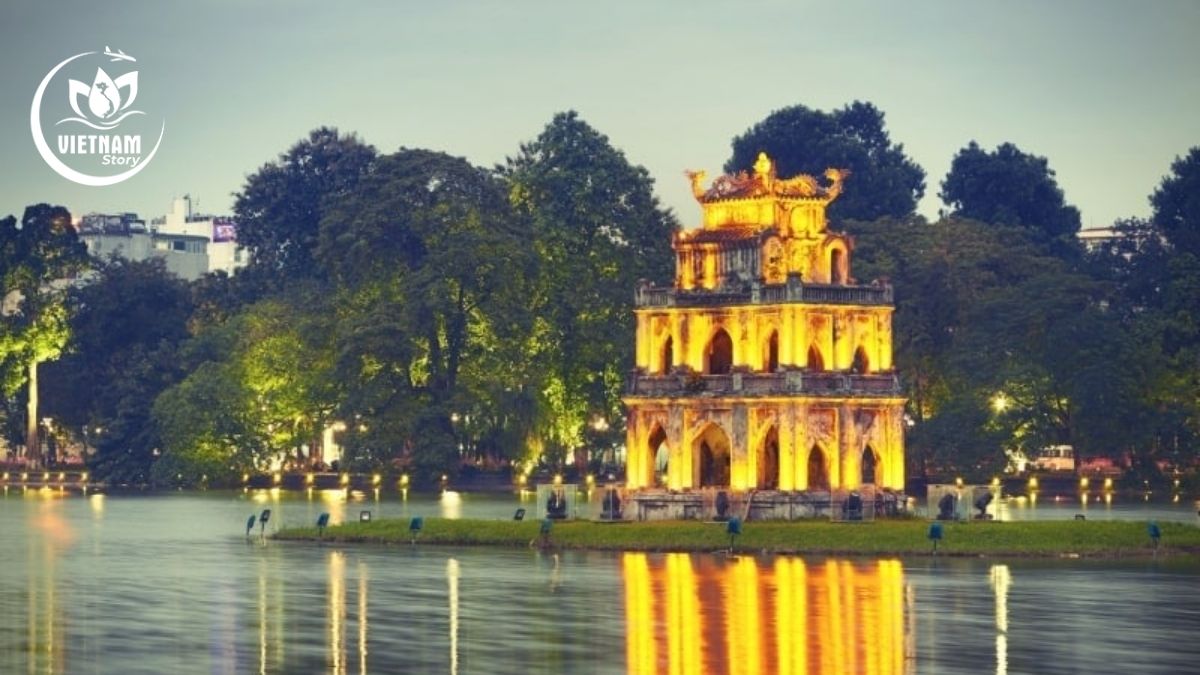
Ha Long Bay (2 Days/1 Night)
Take a two-day boat tour around some of the two thousand or so dramatic limestone islands and intriguing caves of the World Heritage Site Ha Long Bay, Vietnam’s top draw. Enjoy the magical scenery while swimming in the emerald green waters around Titov island beach. Tours can be arranged from Hanoi.
Mai Chau and Ninh Binh
Just a few hours away by road from Hanoi, The Mai Chau valley is largely unspoiled. Hop on a bicycle and explore the surrounding rice paddies nestled against forested mountains, and wander around Mai Chau’s bustling morning market. Then visit the nearby White Thai villages to spend the night in a homestay.
Drive to Ninh Binh, the ideal base from which to visit beautiful Tam Coc, essentially a miniature landlocked version of Ha Long Bay, and an easy cycle ride from Ninh Binh. Take a boat trip through the limestone tunnels and between karst hills to the three long, tunnel caves at Tam Coc itself.

Hue
Travel to the engaging city of Hue and take a day-long boat trip along the Perfume River to visit the Thien Mu Pagoda and Hon Chen Temple, the Imperial City, and the Tu Duc mausoleum. At the end of the day have a wander through the lively Dong Ba Market.
The next morning take a bicycle, or tour by cyclo, along the north bank of the river to tranquil Kim Long village, where mandarins and other Imperial officials built their houses surrounded by lush gardens, in the late nineteenth century.
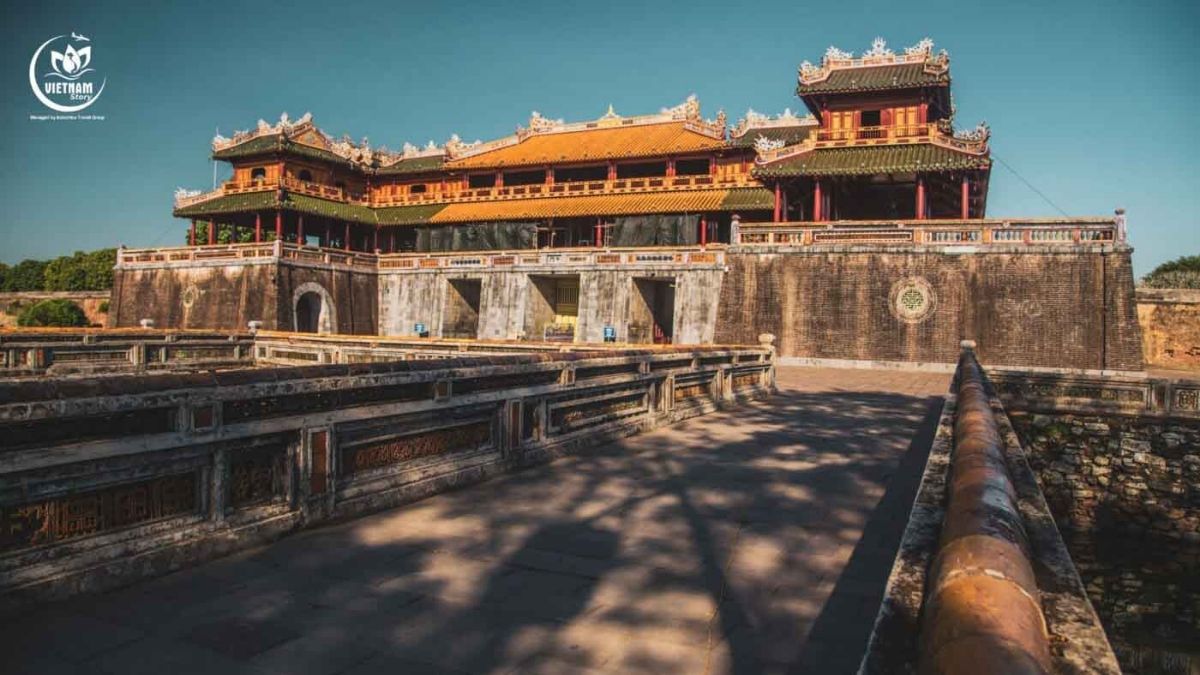
Fly/Train to Da Nang -> Hoi An (3 Days)
Drive to Da Nang via the Hai Van Pass, or “Pass of the Ocean Clouds”, taking in the superb views of Da Nang Bay. Stop off at the Cham Museum in Da Nang, with its impressive display of terracotta and sandstone figures. Then continue to Hoi An.
Wander the narrow streets, soaking up historic Hoi An’s charming old-world atmosphere, with its old merchants houses and wooden-fronted shops. Visit some of the sights, such as the Phuoc Kien assembly hall, the Museum of History and Culture and the beautifully preserved eighteenth-century Tan Ky House. It’s worth tying in your visit to coincide with its monthly lantern festivals – candle-lit paper lanterns meandering down the river is a magical sight.
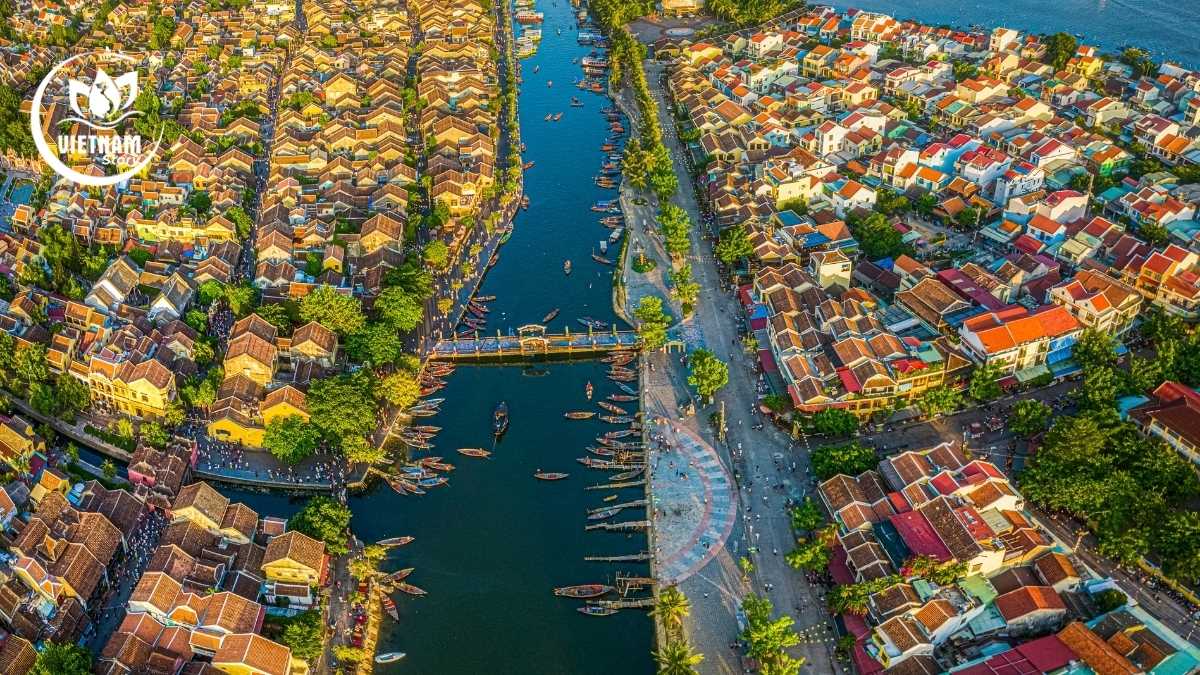
Fly to Ho Chi Minh City (3 Days)
Explore city sights, War Remnants Museum, Reunification Palace, Notre Dame/Post Office, Ben Thanh Market.
Embrace the bustle of the metropolis and see some of city’s main sights: the Notre Dame Cathedral, the History Museum, the Jade Emperor Pagoda, the Reunification Palace, the War Remnants Museum. Take a wander around Cho Lon, the city’s Chinatown, sample street food at Ben Thanh market and, come sundown, stroll along pedestrianized Nguyen Hue.
Take a day-trip from Ho Chi Minh City to the Cu Chi tunnels at Ben Dinh or Ben Duoc, a system of tunnels created by the Viet Cong during the Vietnam war.
An alternative day-trip is to the wonderful countryside around Ben Tre in the Mekong Delta. Explore by boat the many creeks along the Ben Tre coastline and stop off at rice-wine and sugar processing workshops.
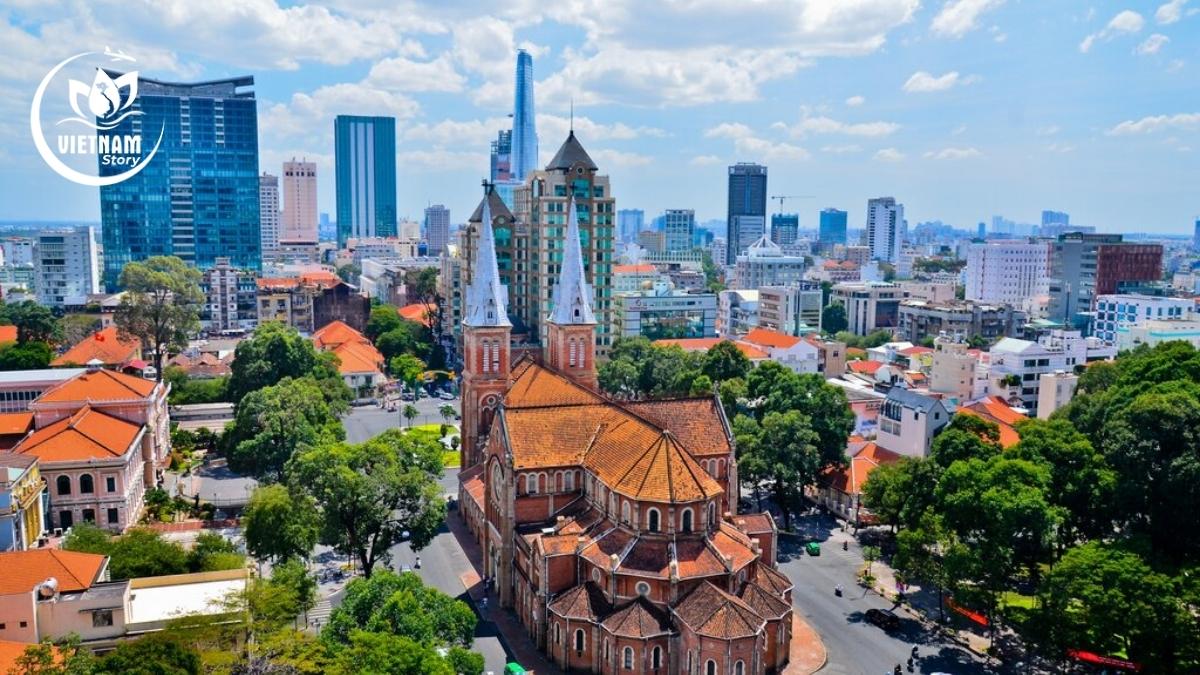
Da Lat
Move on to Da Lat, 1500m high in the Lang Bian Plateau. Visit the splendid Summer Palace of Emperor Bao Dai, and the gaudy Crazy House. Enjoy the Da Lat flower gardens and then set off for Ho Chi Minh City, stopping en route to visit tea, coffee, or rubber plantations.
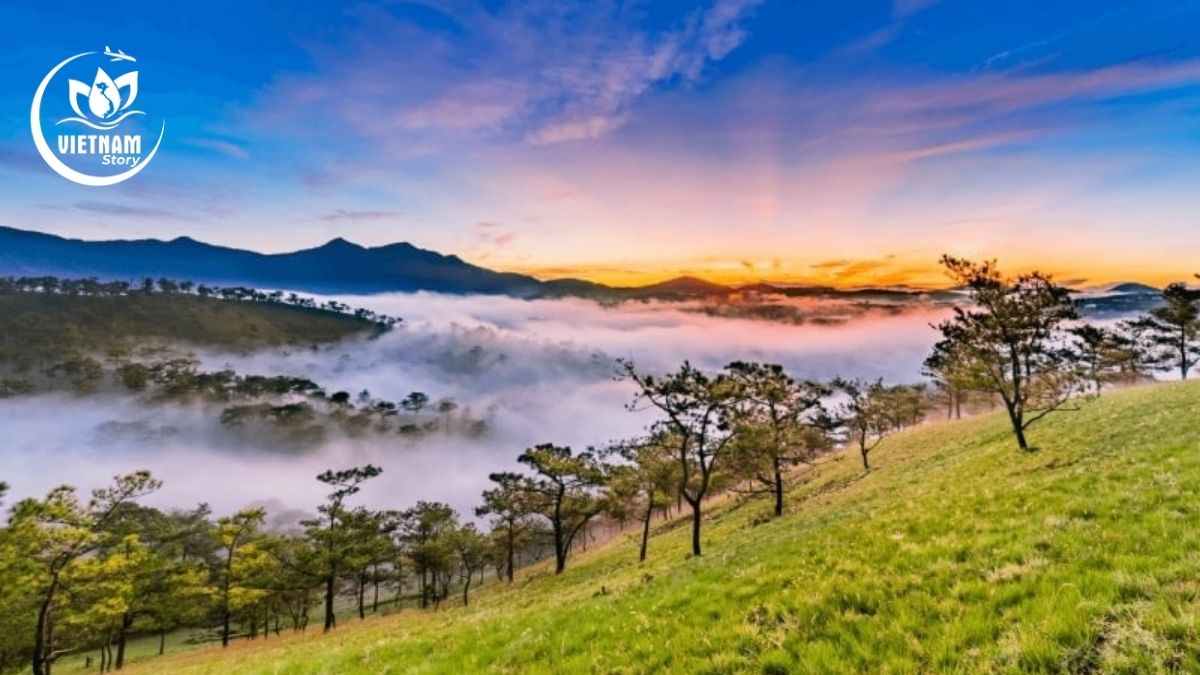
XII. Ready for Your Vietnamese Adventure? Your Unforgettable Journey Awaits!
Vietnam Story offers an incredible mix of culture, nature, history, and adventure, all at great value about Vietnam travel guide. With a little planning, Indian travelers can have a truly amazing and hassle-free experience.
We hope this guide helps you plan your journey! If you have more questions or need help booking your trip, feel free to reach out to Vietnam Story.
Booking resources (Skyscanner, Hostelworld, Agoda, Booking.com, GetYourGuide) for flights, accommodation, tours.
READ MORE:










